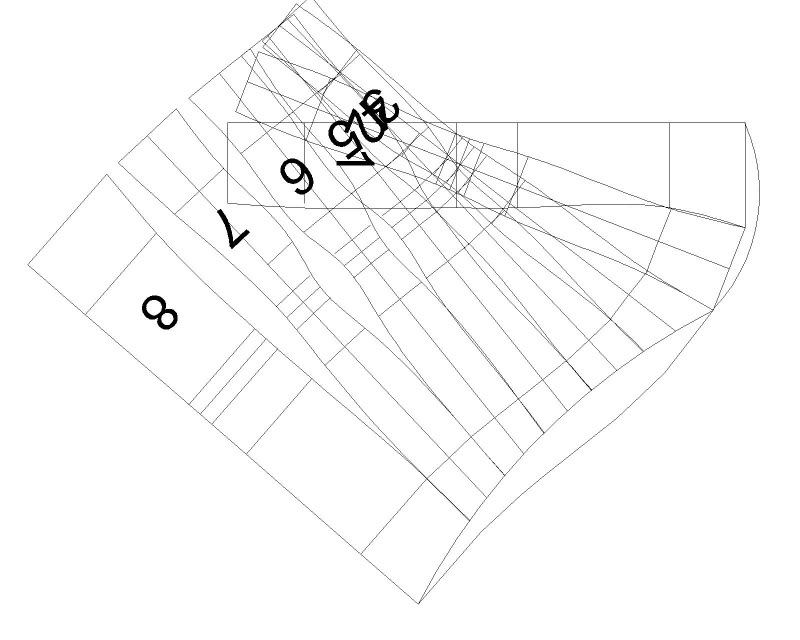The science of corsetry and creating a perfect made-to-measure pattern (part one)
Posted on
Would you say corsetry is an art or a science? Most people would probably agree that it is an art-form. But there are a lot of numbers involved. My opinion is that is both but leans more to one than the other depending on how you approach the patterning process. I think that is why I love it so much – I’m a scientist by training having obtained a degree in Applied Biology, however I force myself to be creative and love the juxtapositions of maths and art in corsetry.
After this year’s Oxford Conference of Corsetry and two particular classes taken by Julia Bremble and Marianne Faulkner about the patterning process, I started to think about whether there are any other ways of creating a pattern that is quick, simple and accurate. I have been using AutoCAD for my work for over ten years and wondered whether I could make use of it. I also love a spreadsheet. Wouldn’t it be brilliant if you could plug a few numbers in to a spreadsheet and via the formulae, it would give me some figures that I could use to produce a pattern quickly in AutoCAD? All a pattern is in essence is the distribution of exact millimetre measurements across the desired number of panels that mimics very closely a particular human body. So I set myself the challenge. The initial pattern created (see below) doesn’t look too bad but I really need to test it with a toile. More to come here when that is achieved (unless it’s a complete flop in which case I will never mention it again!!)…

Add a comment: